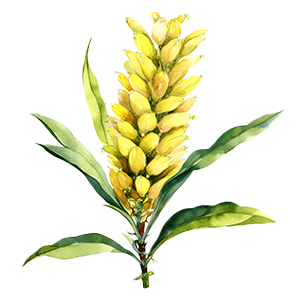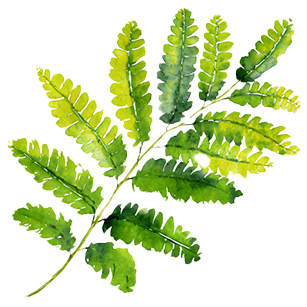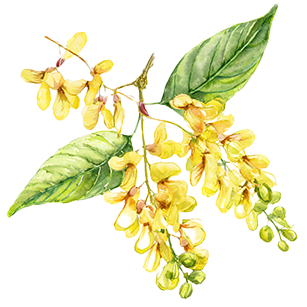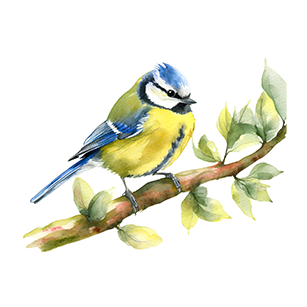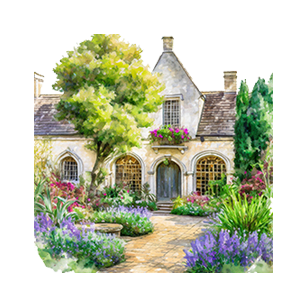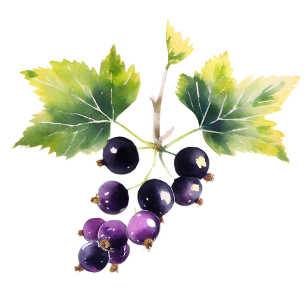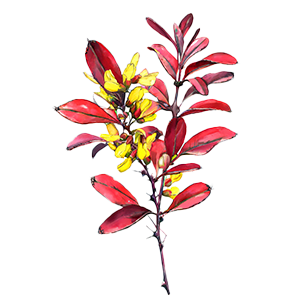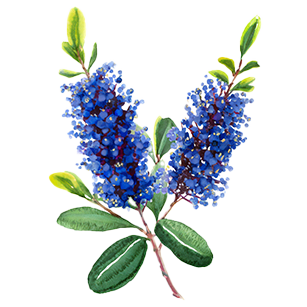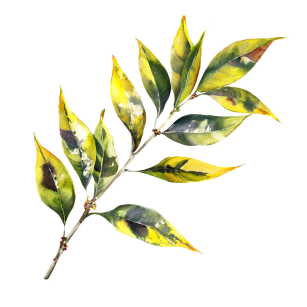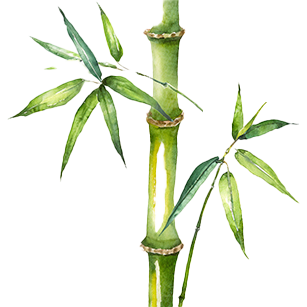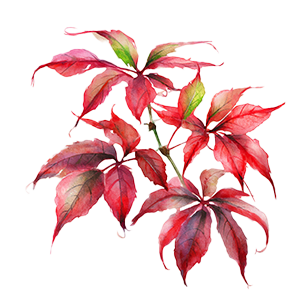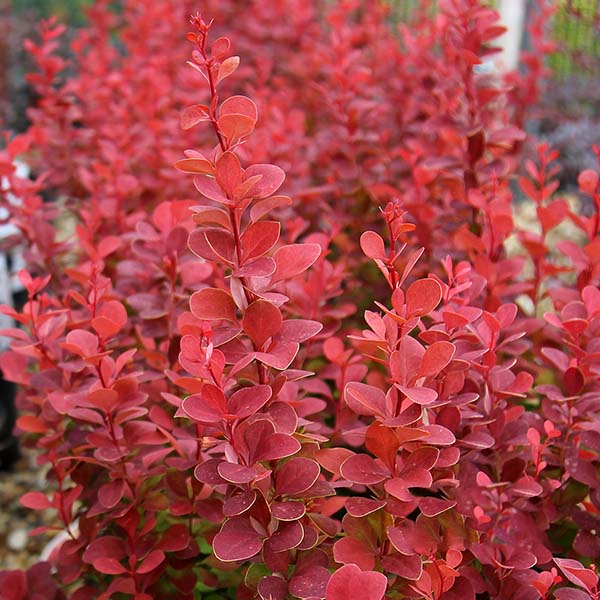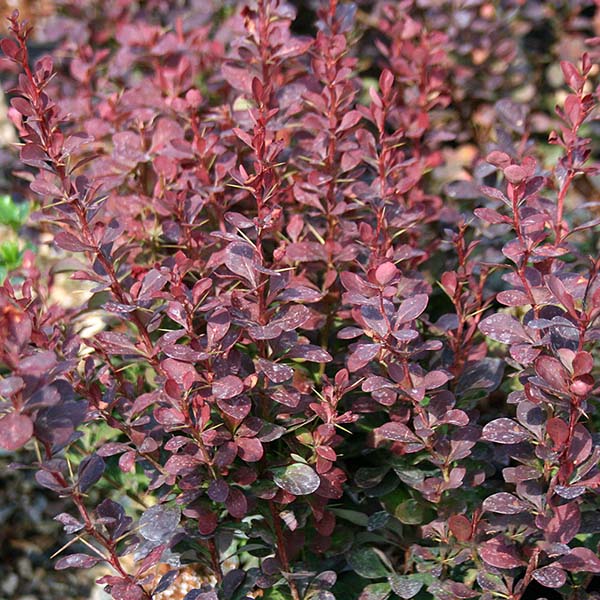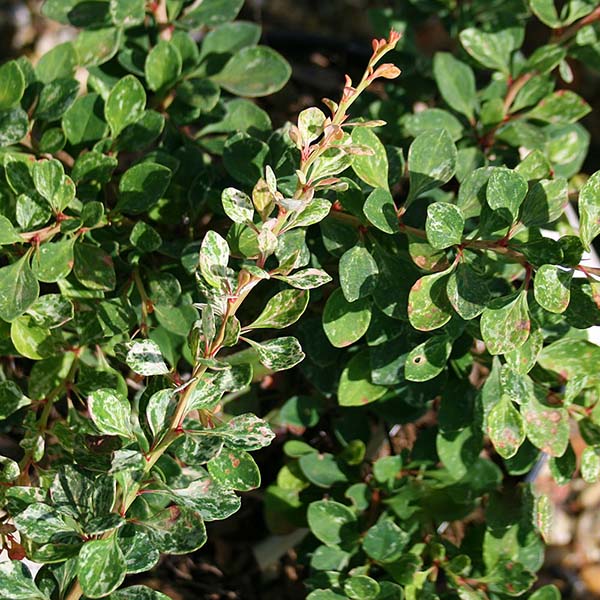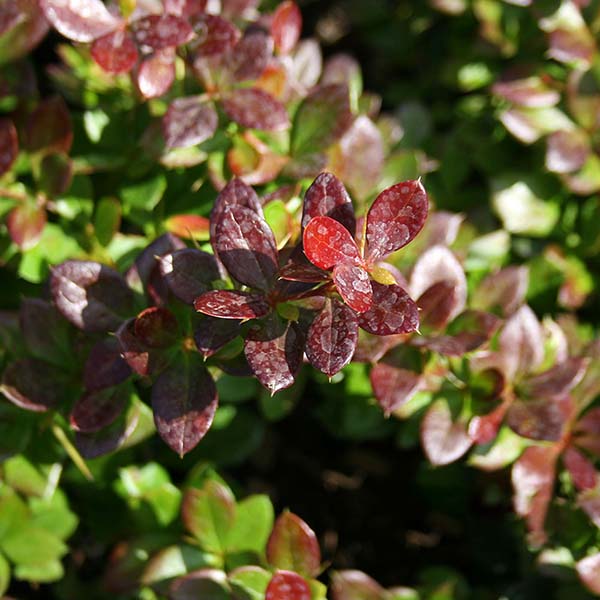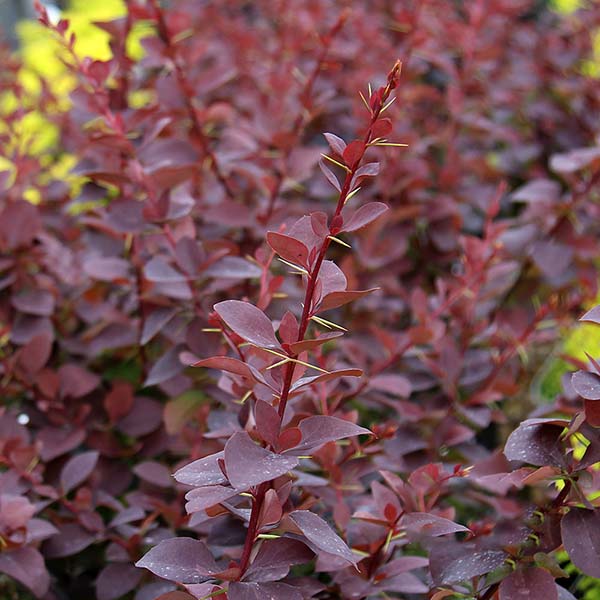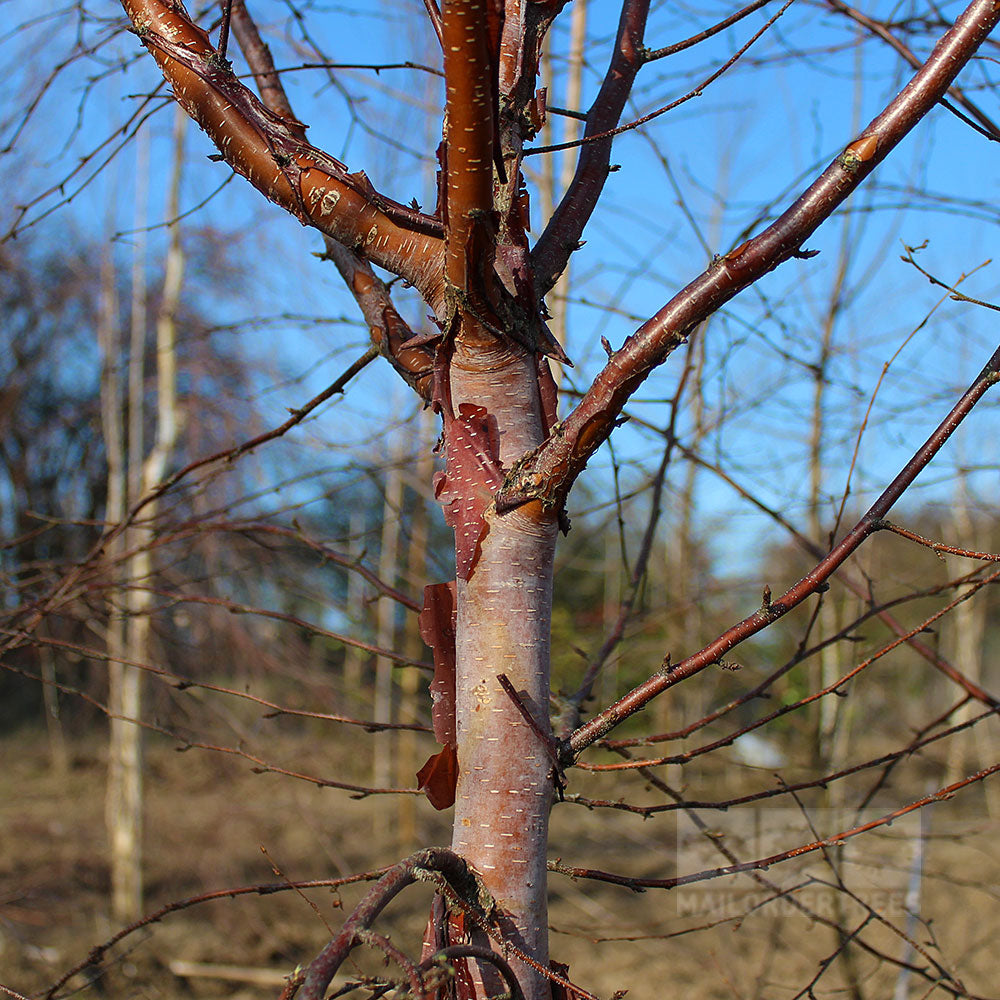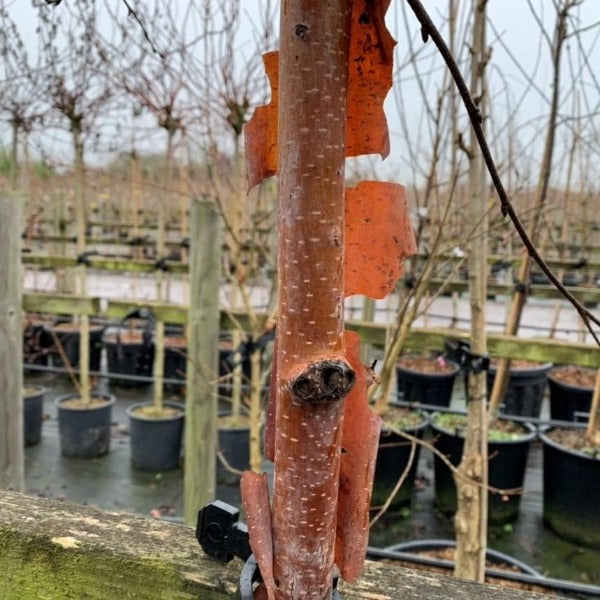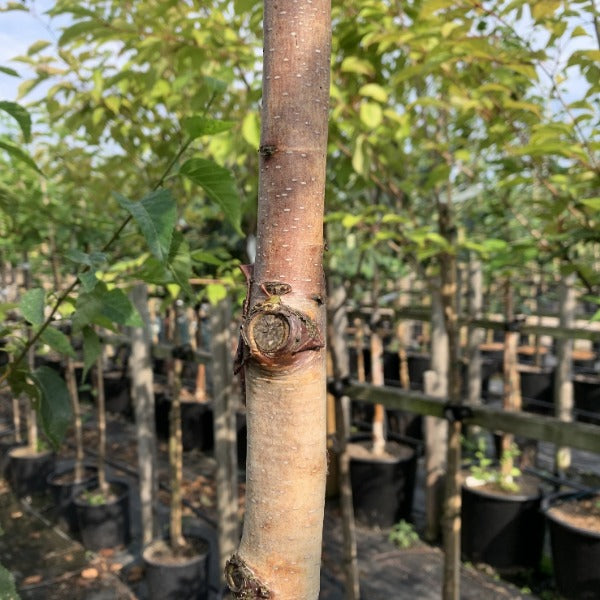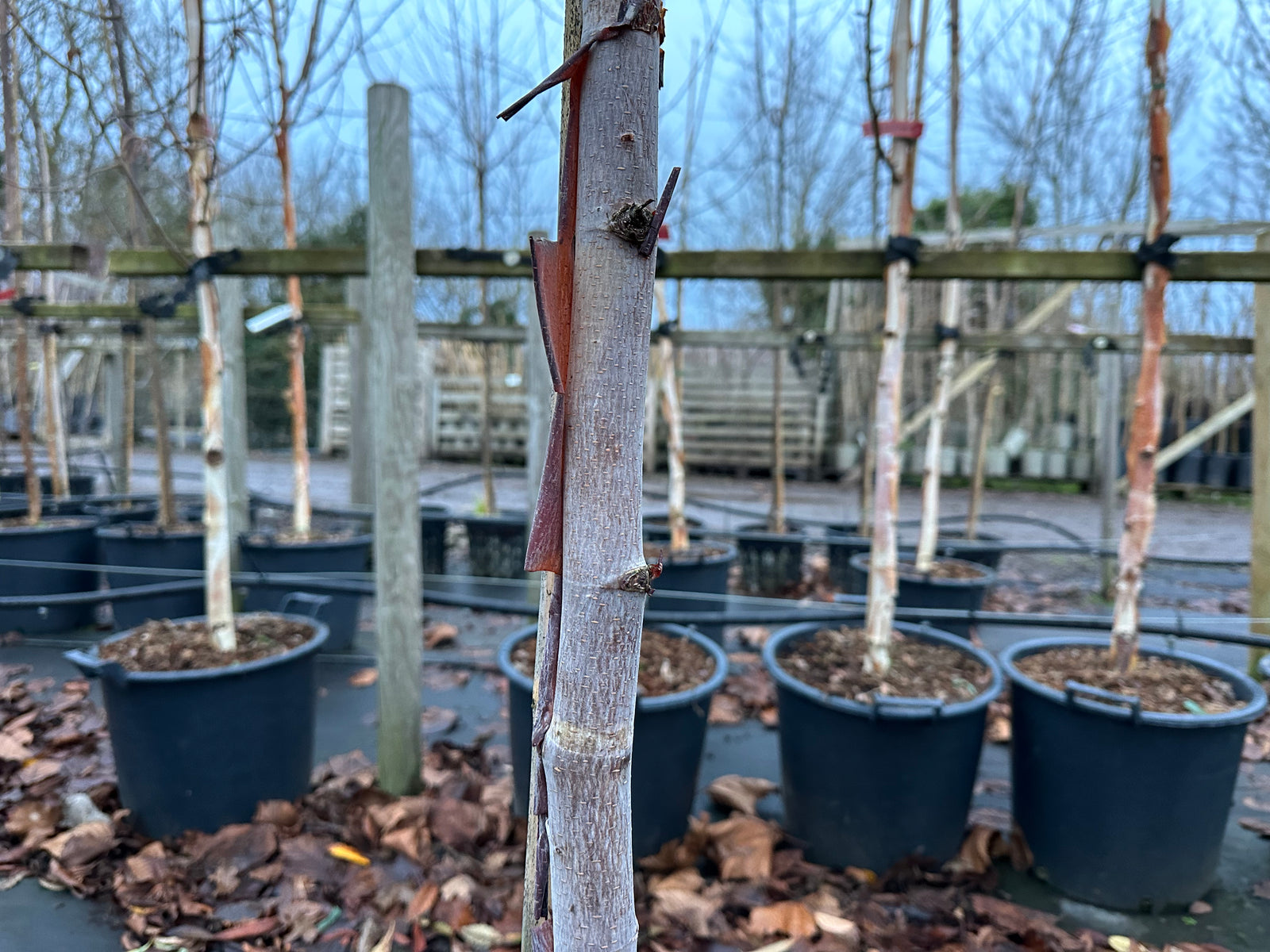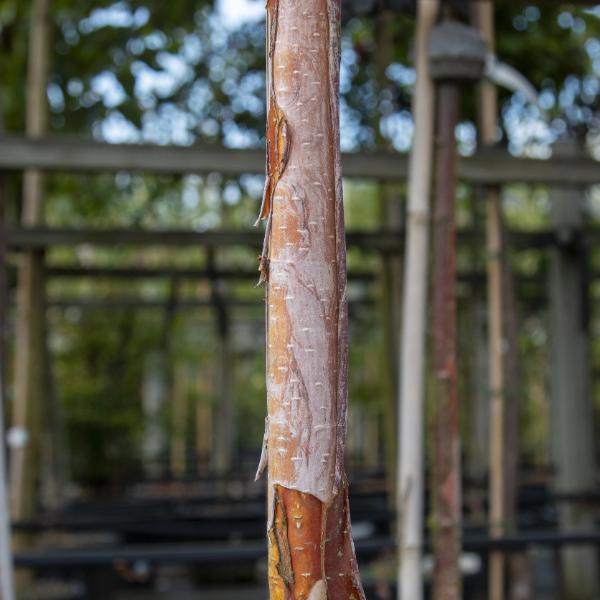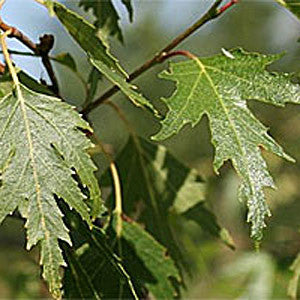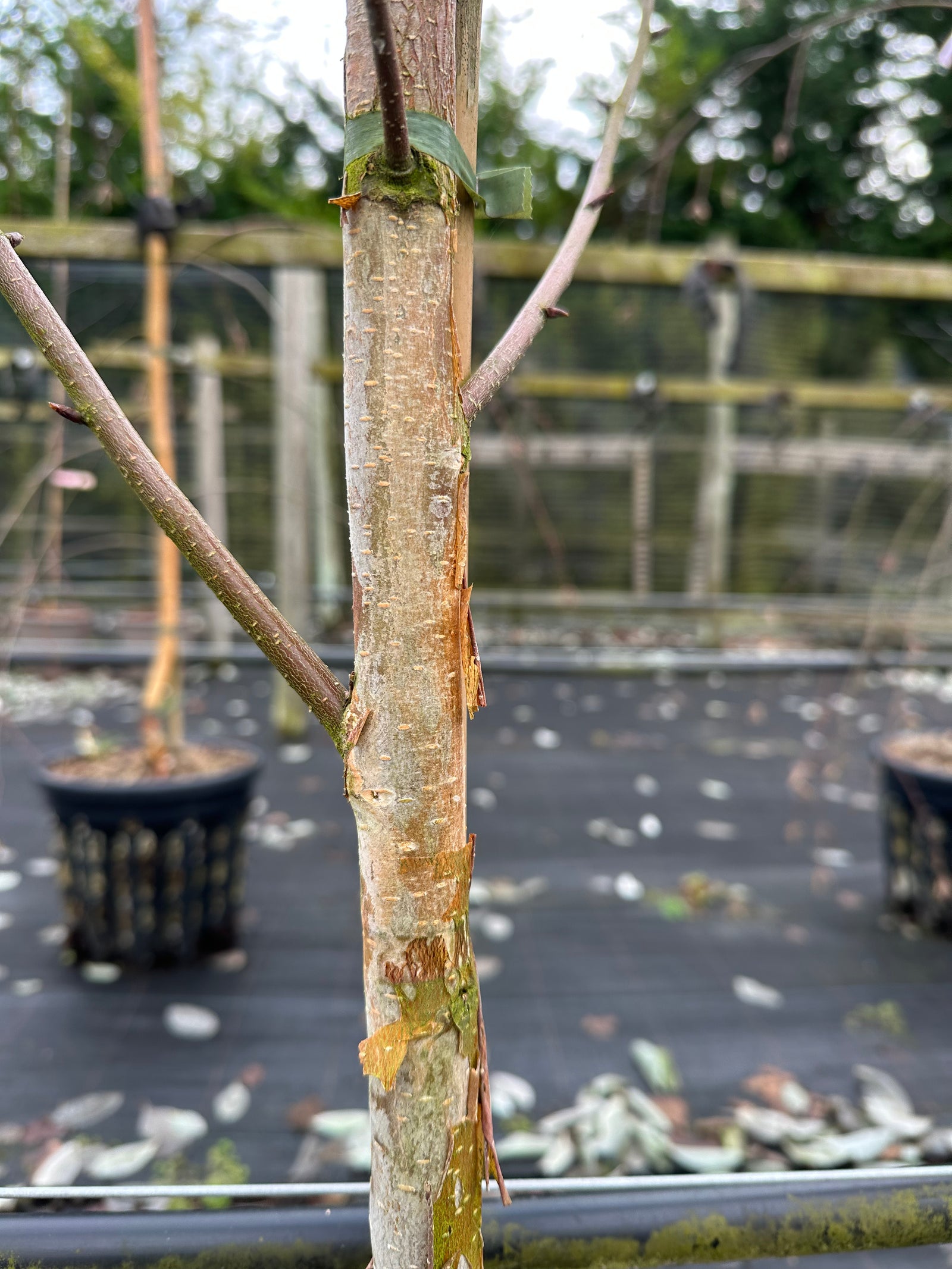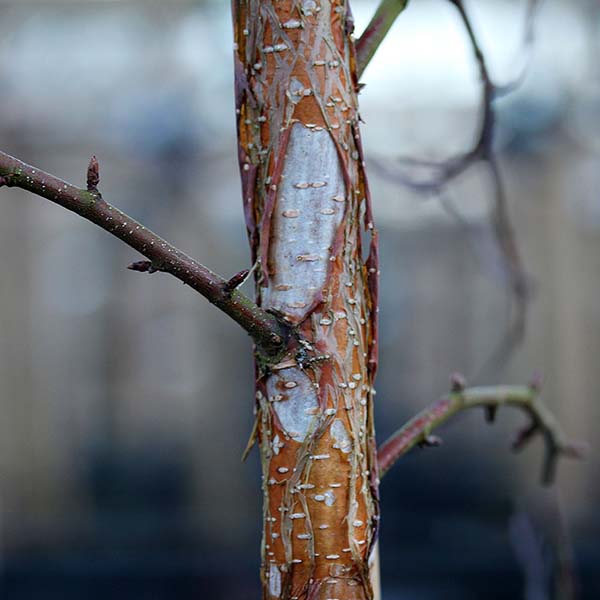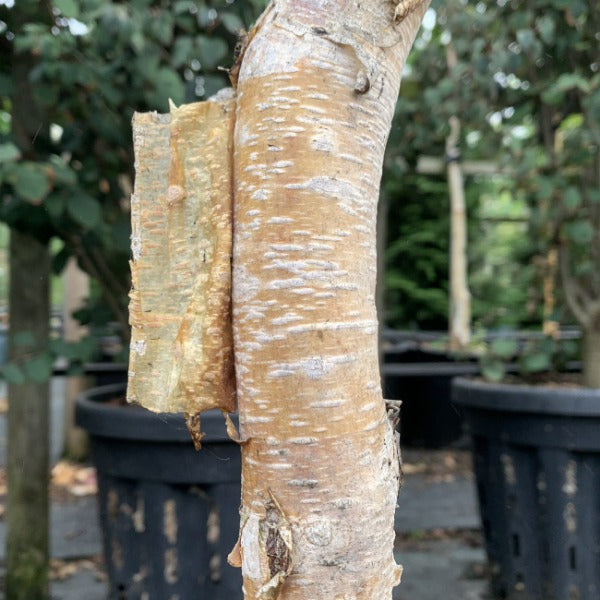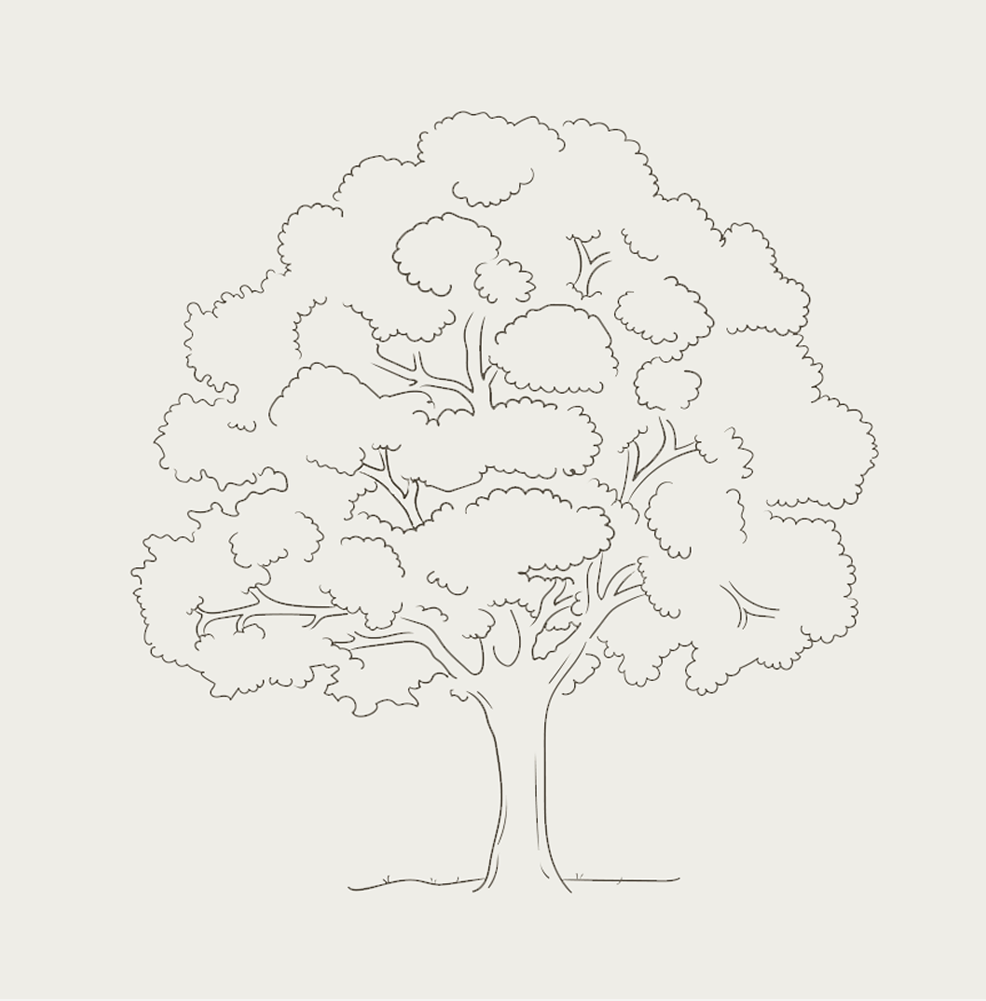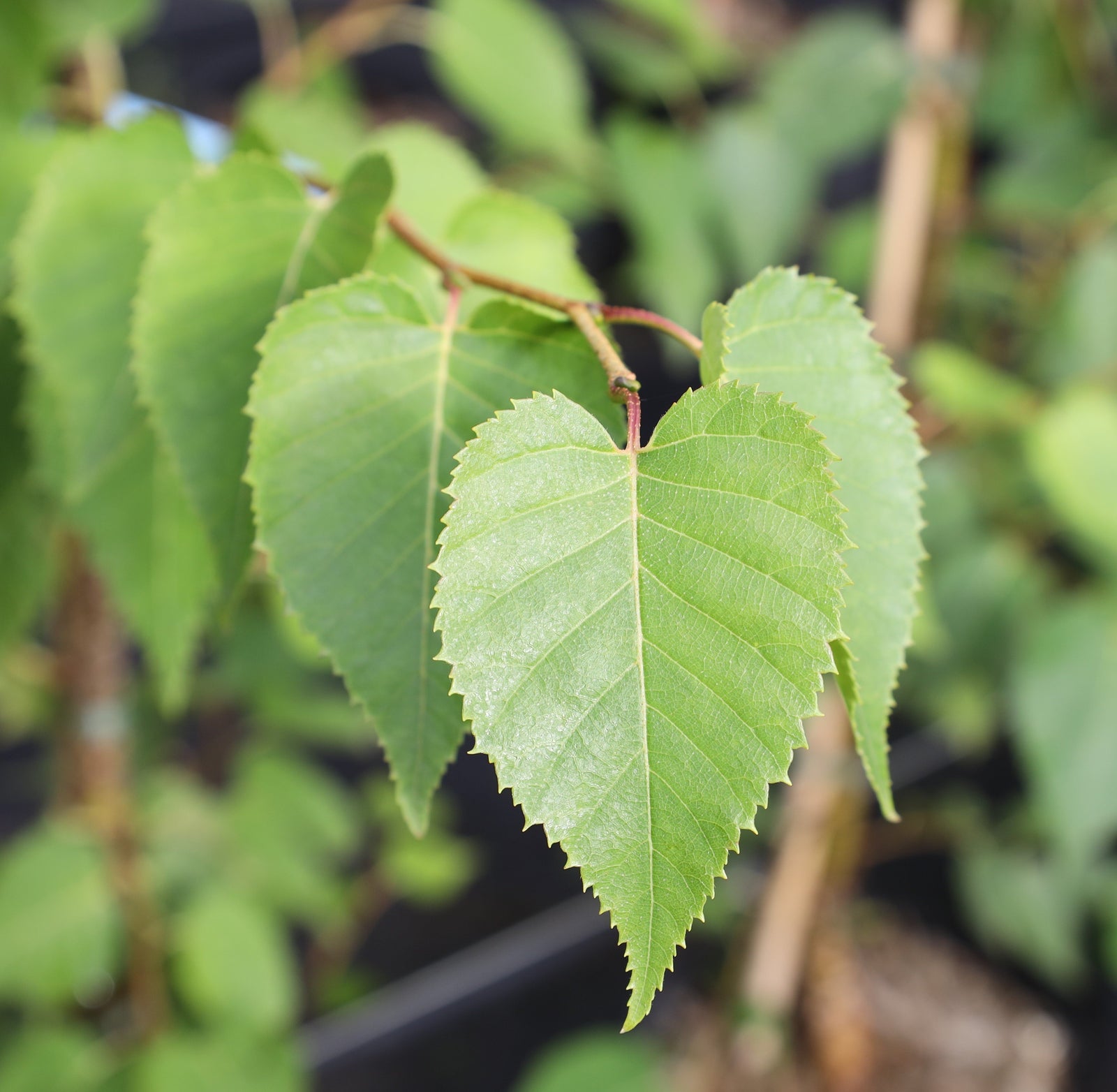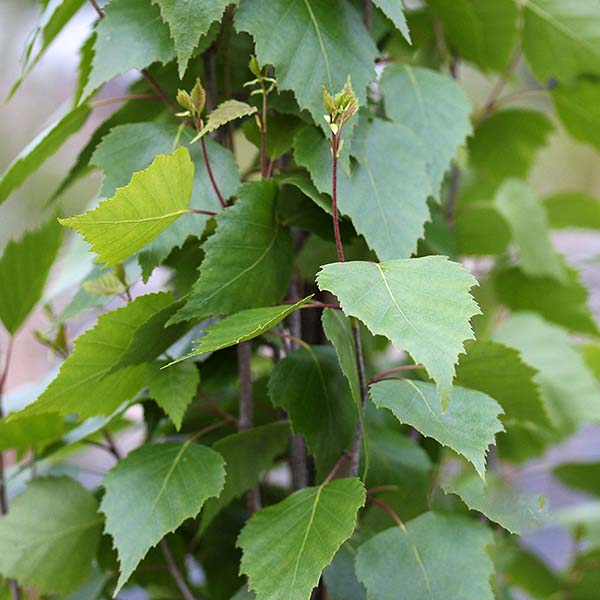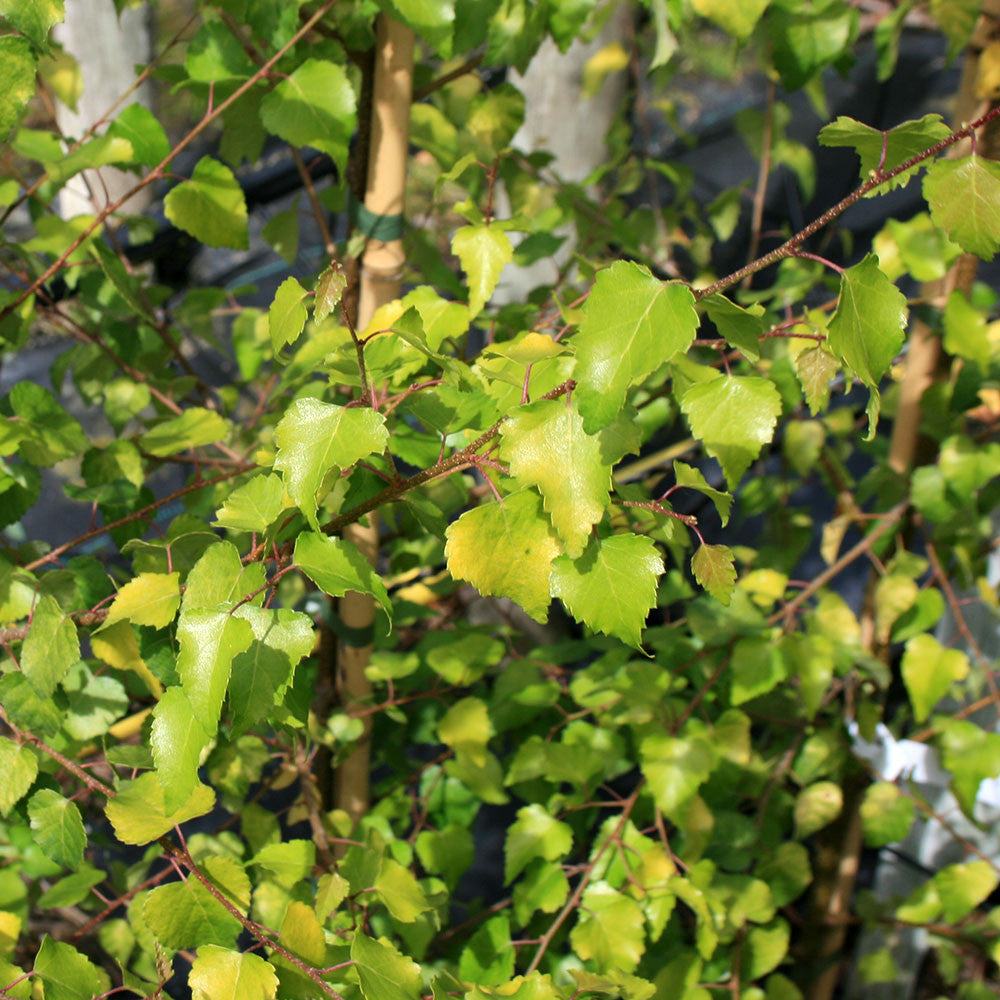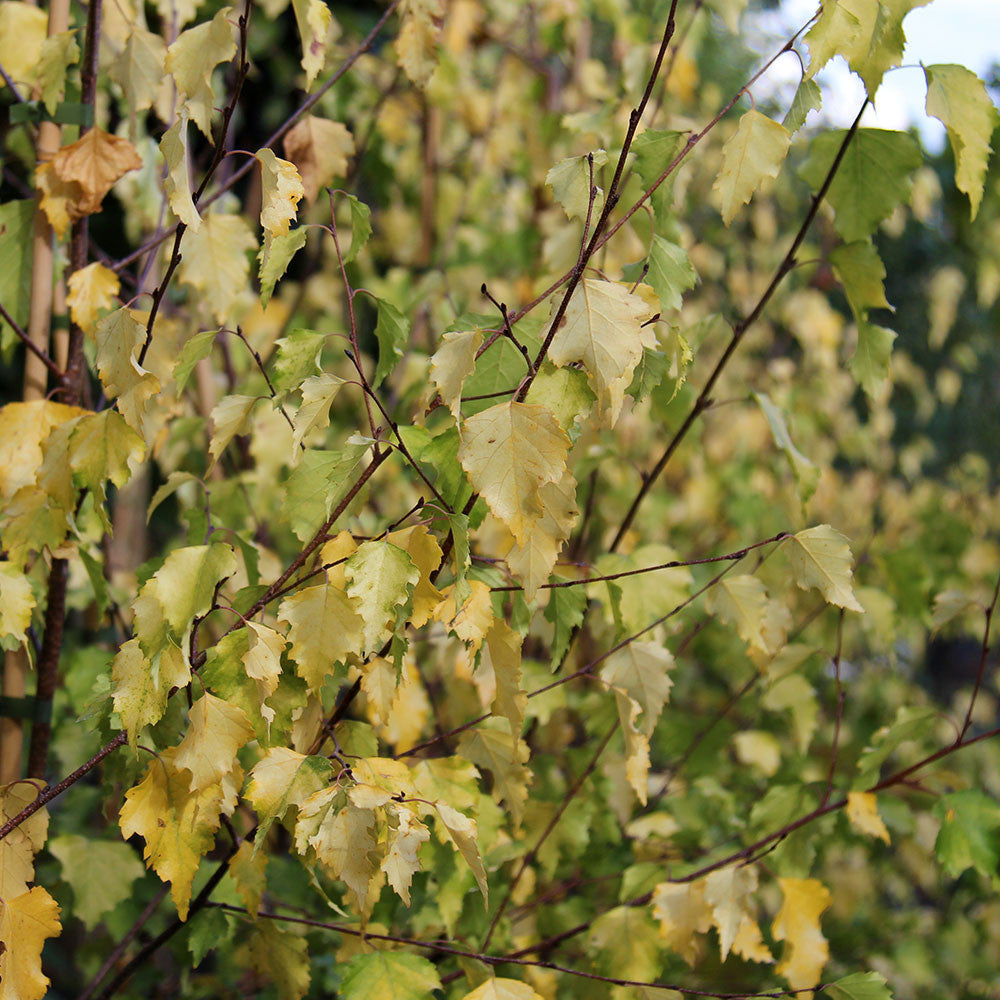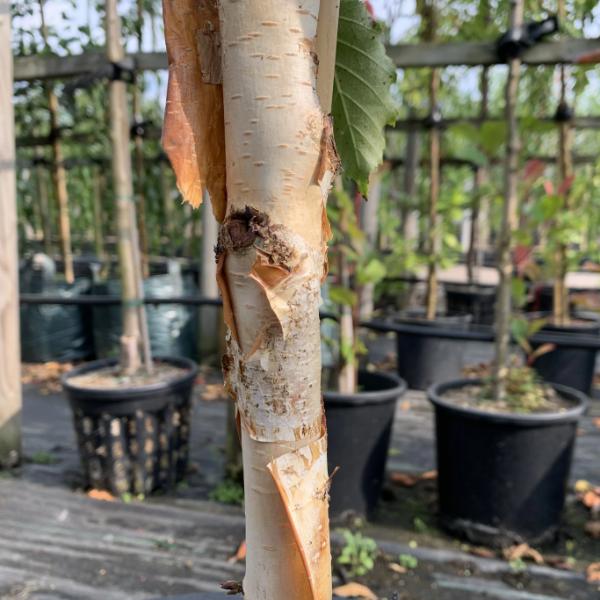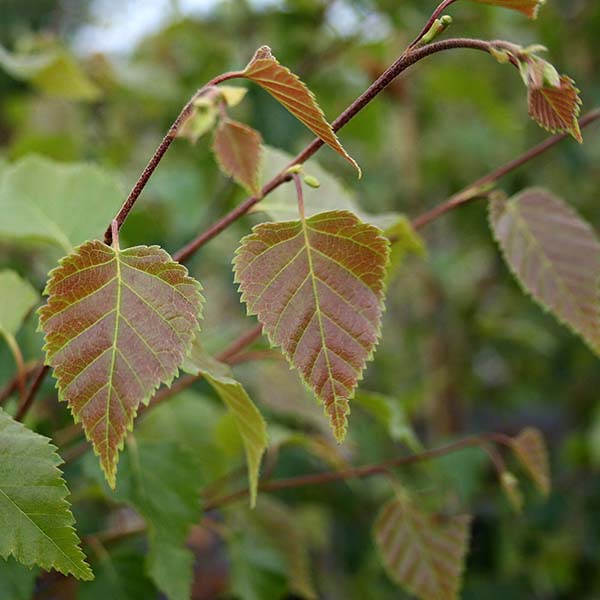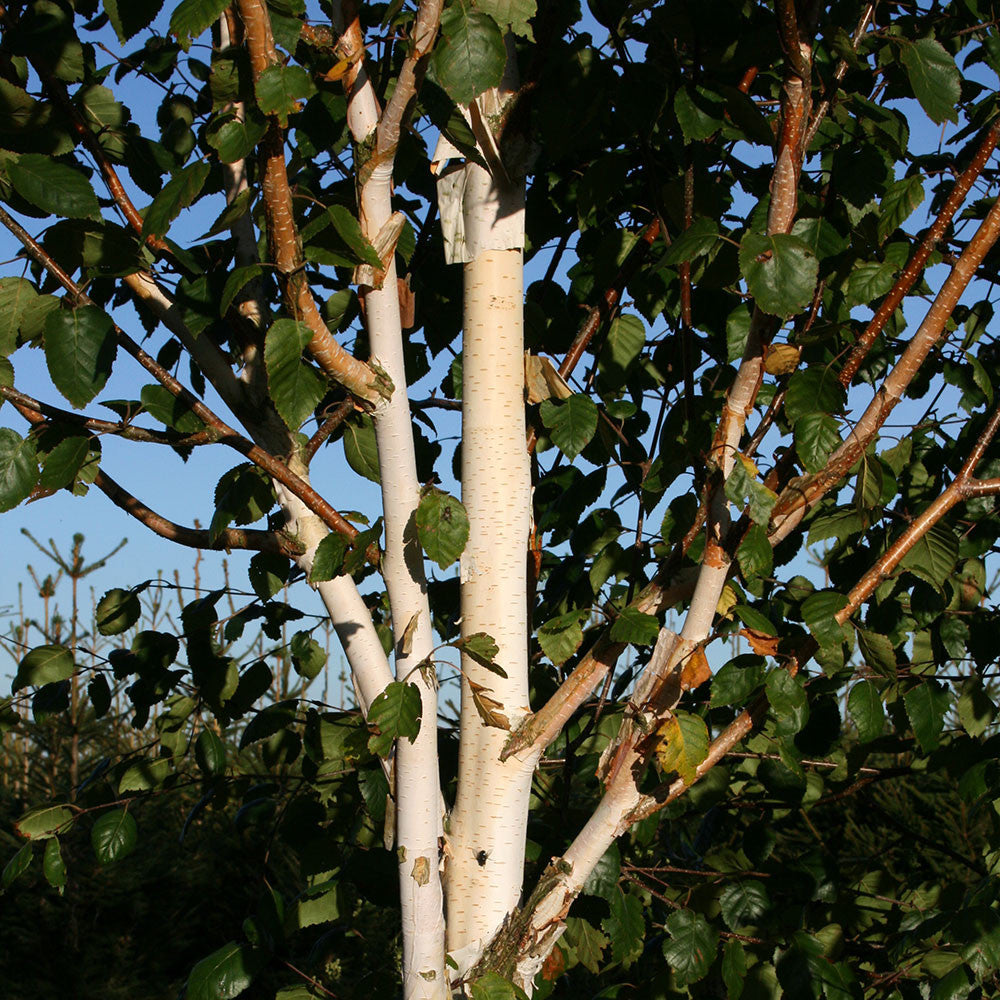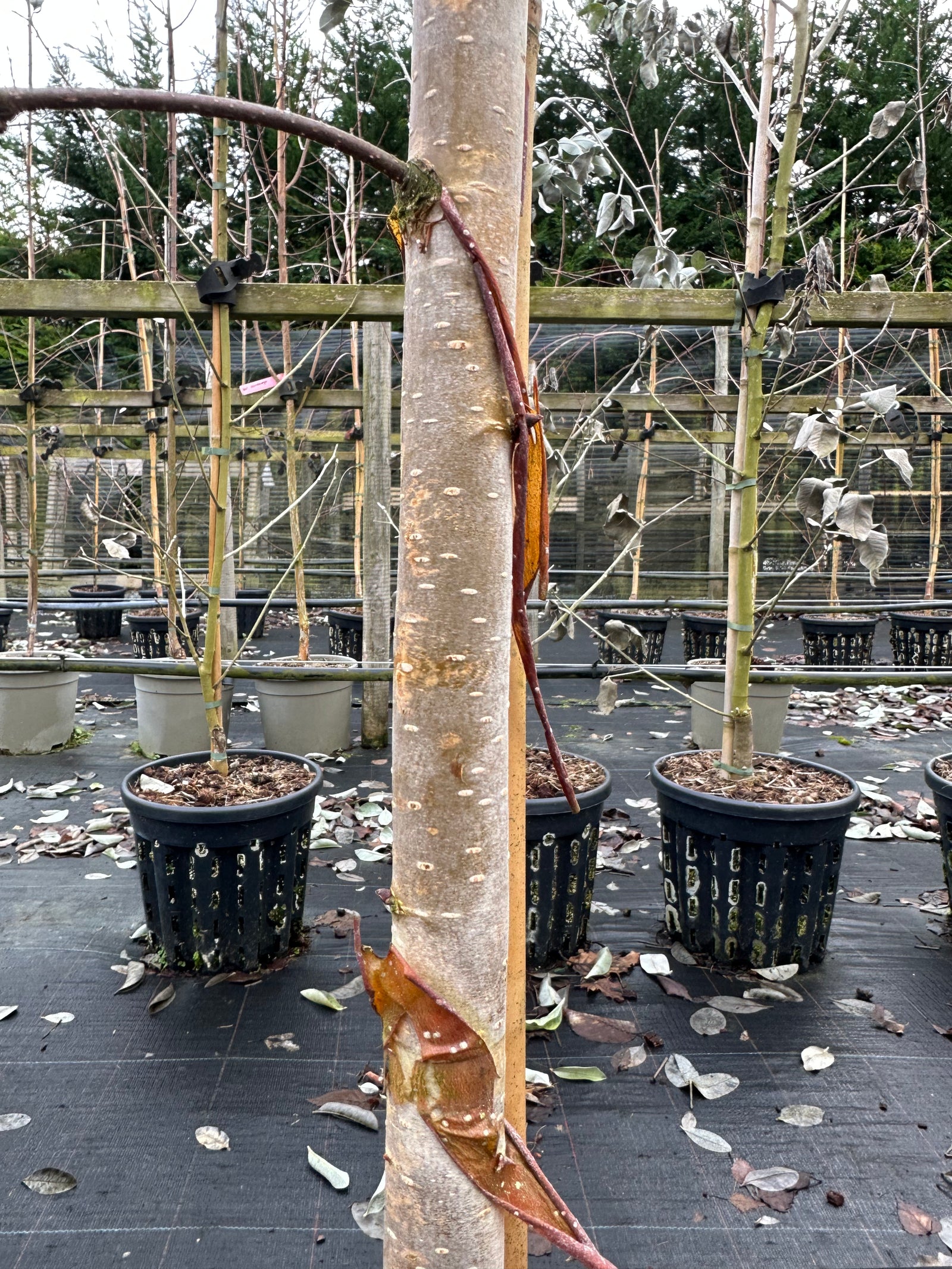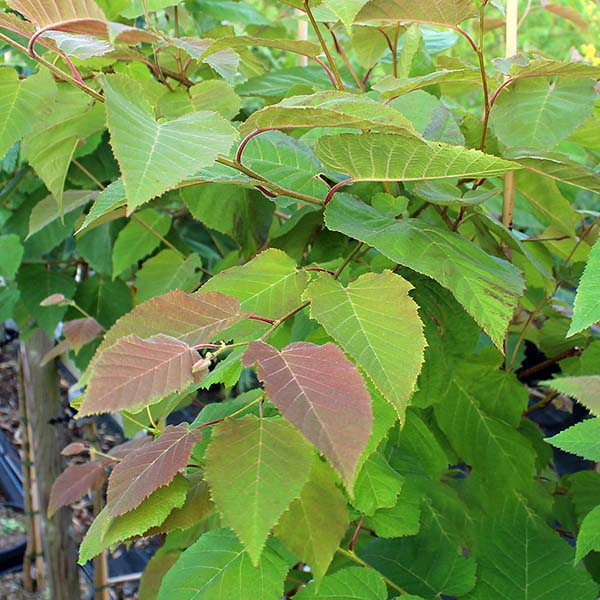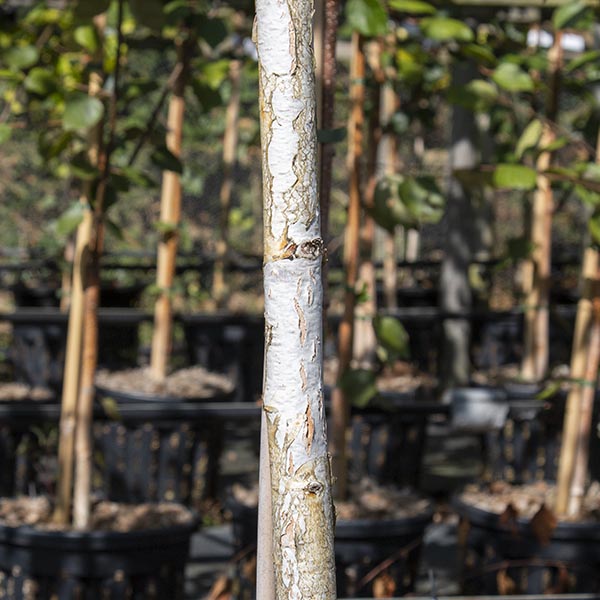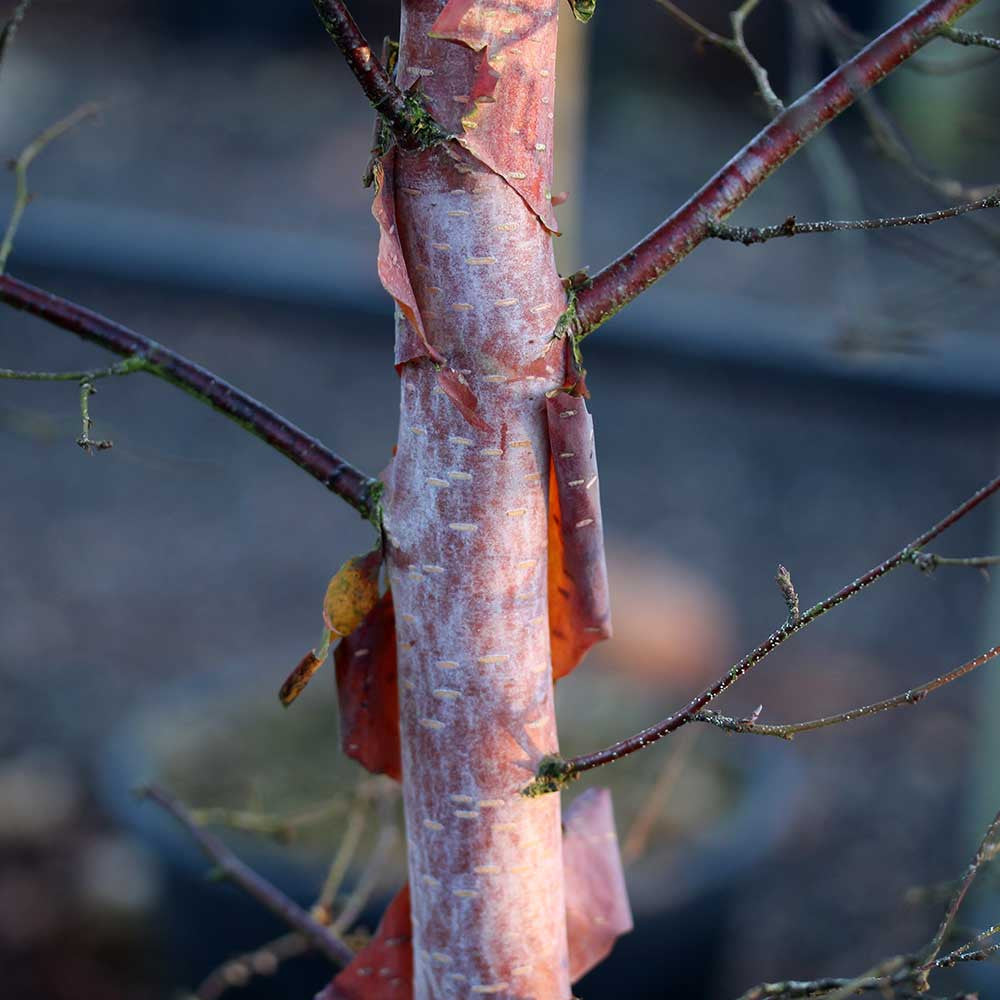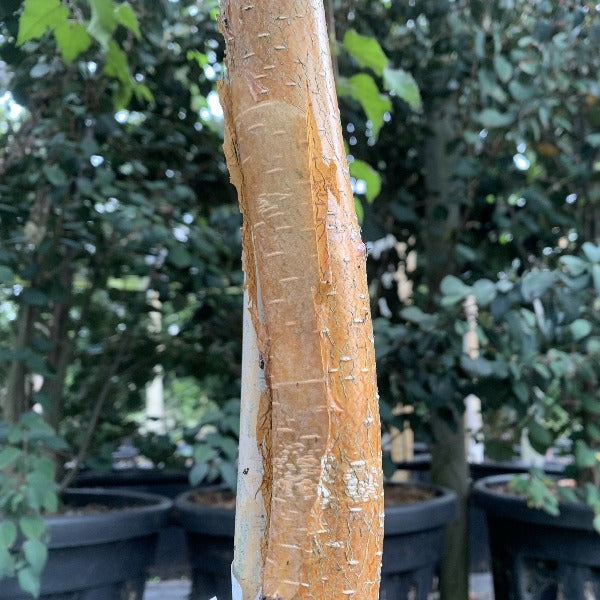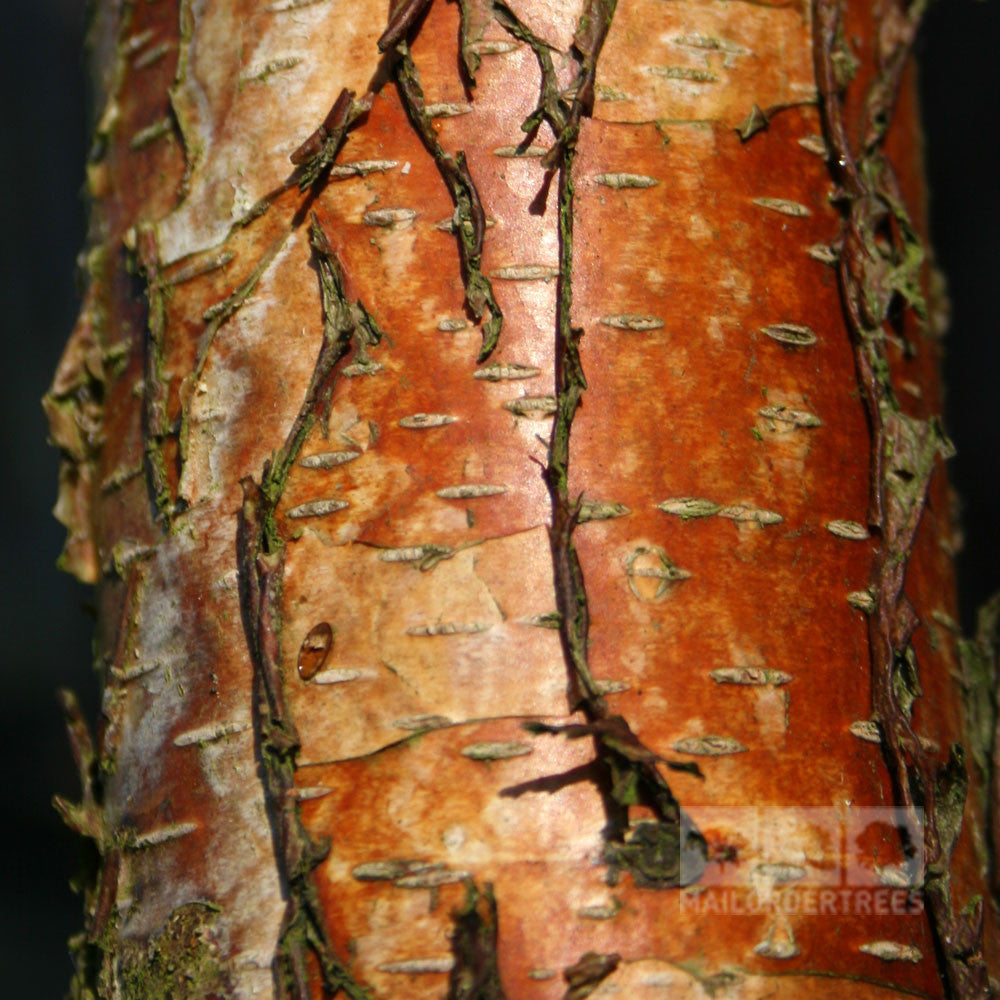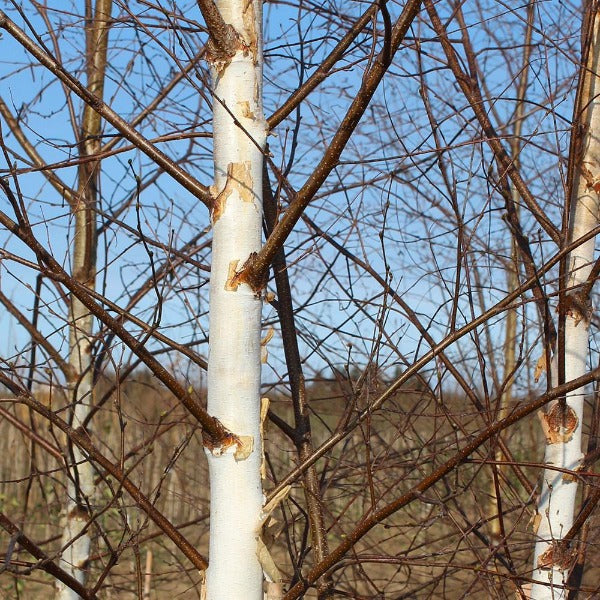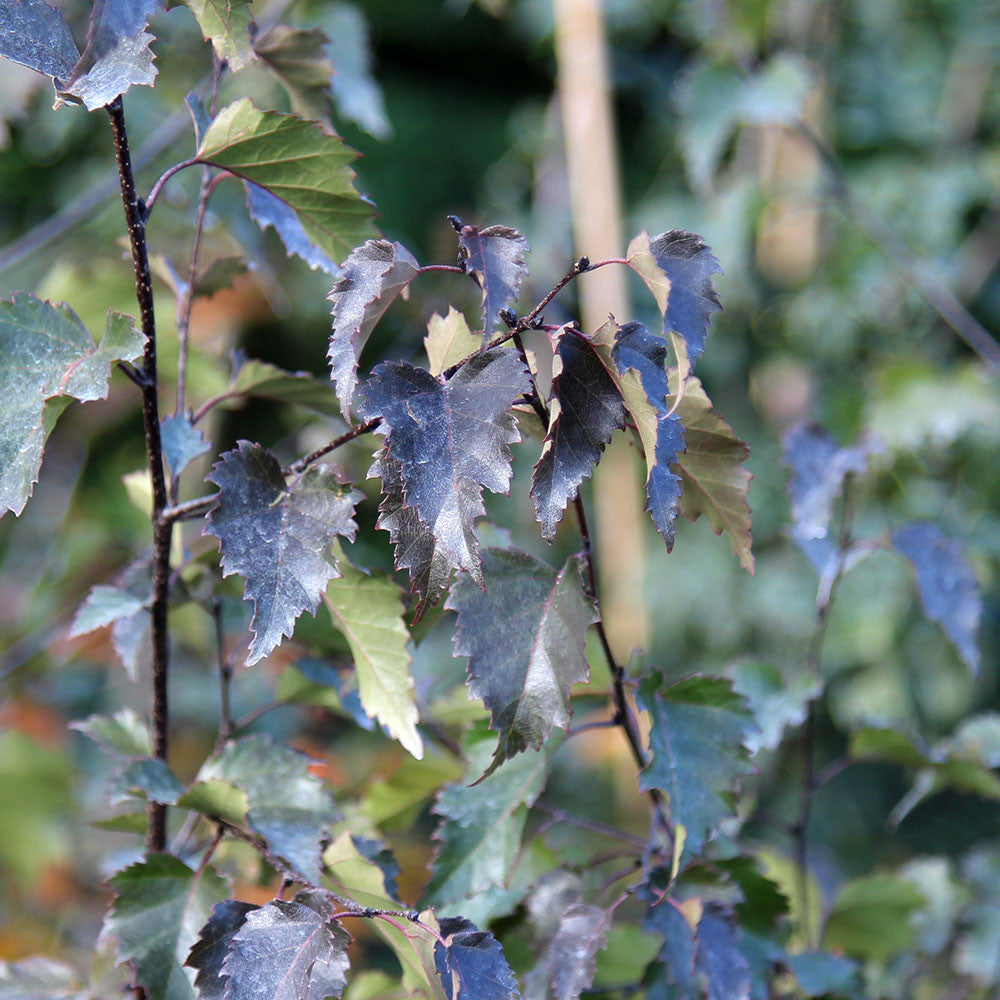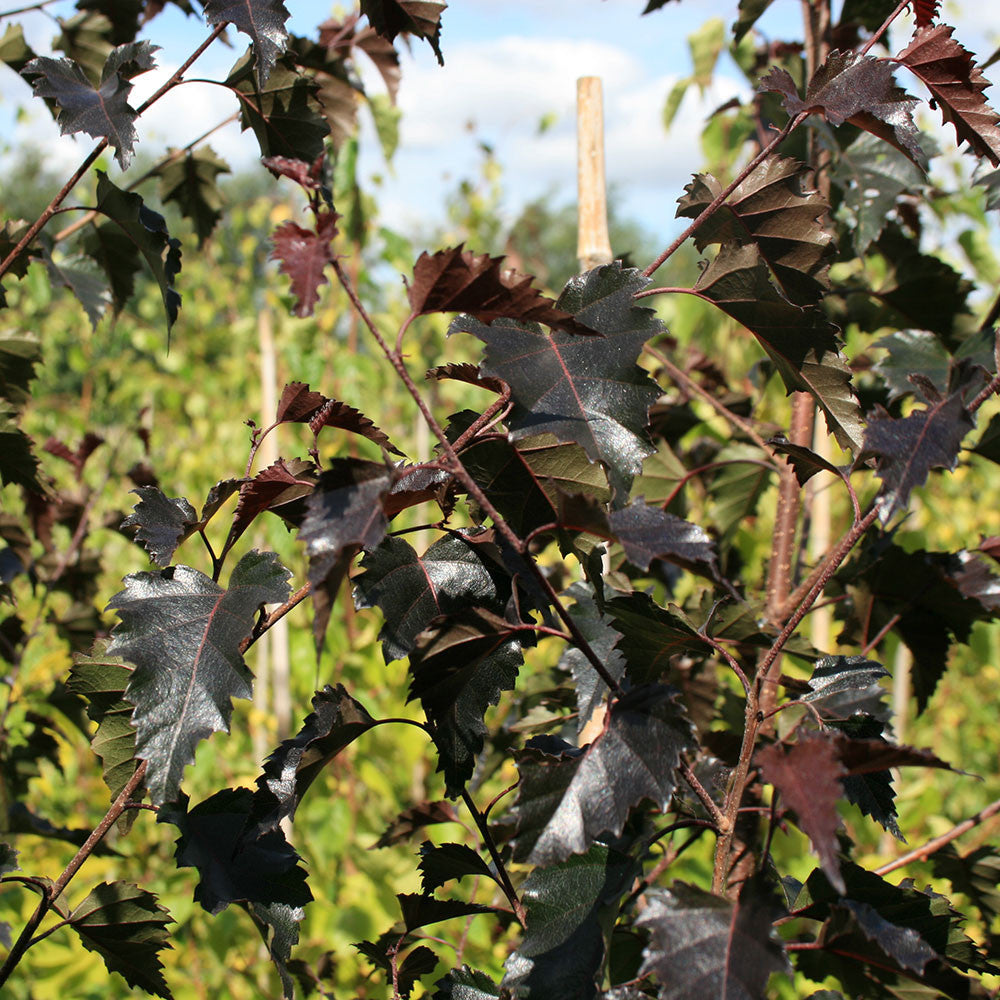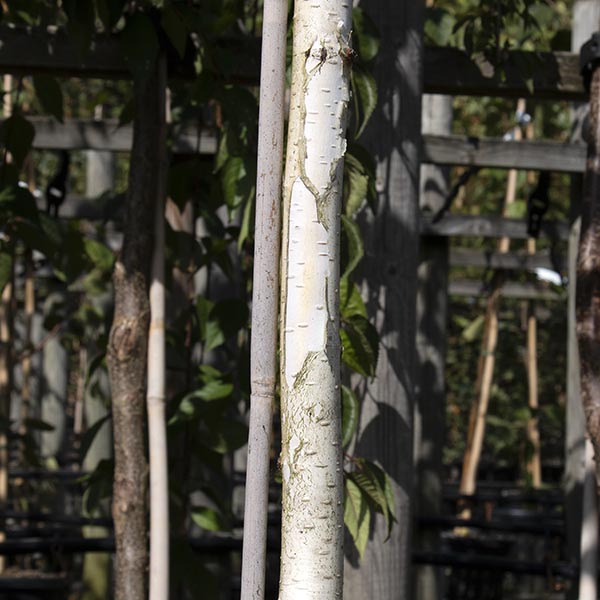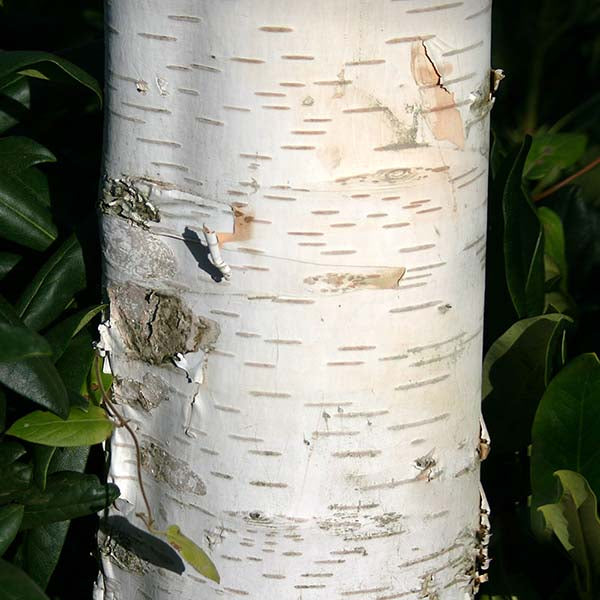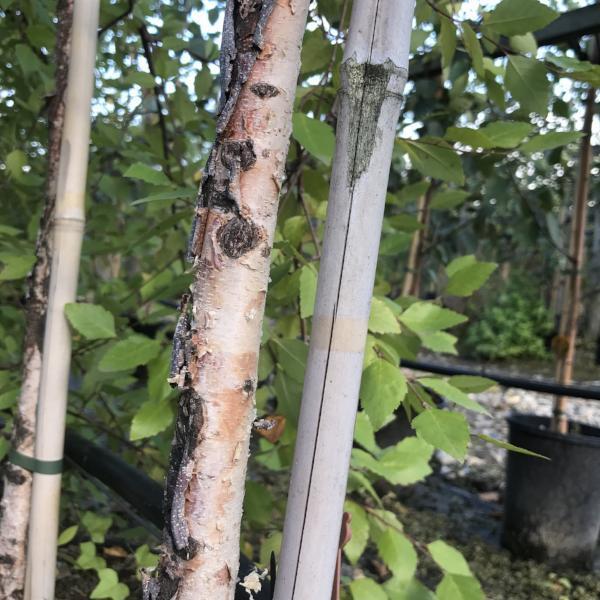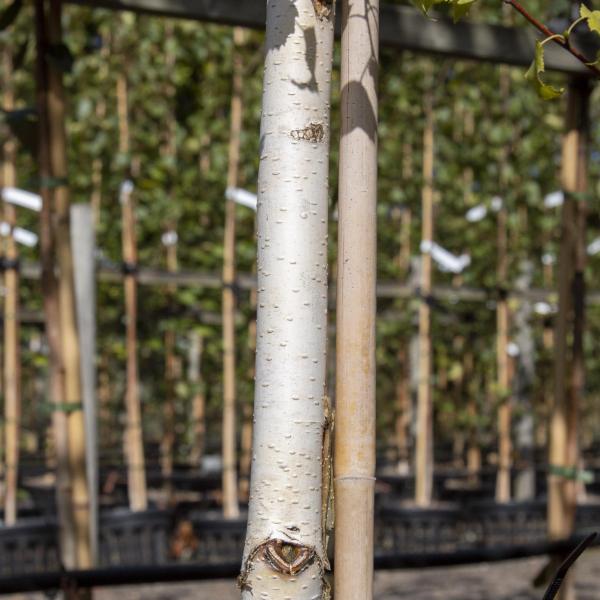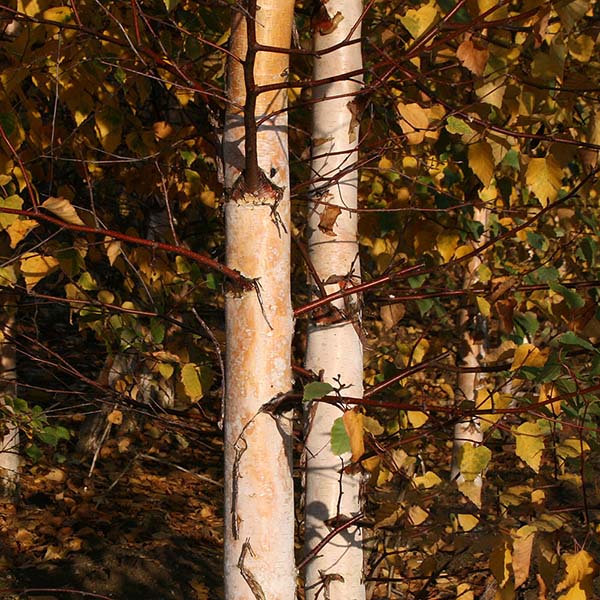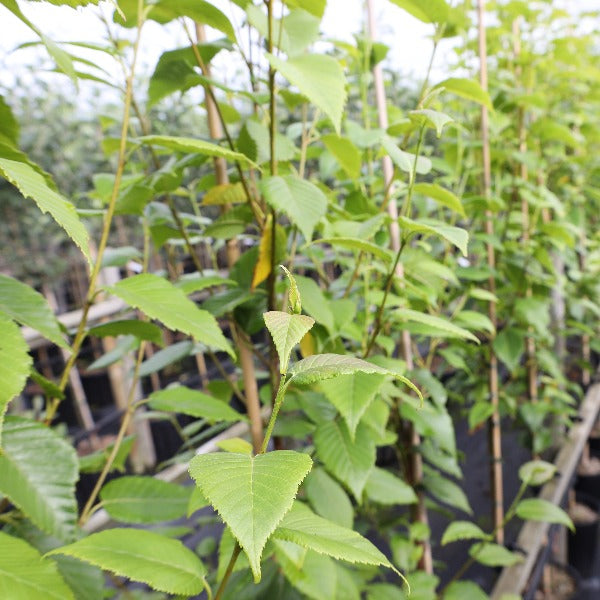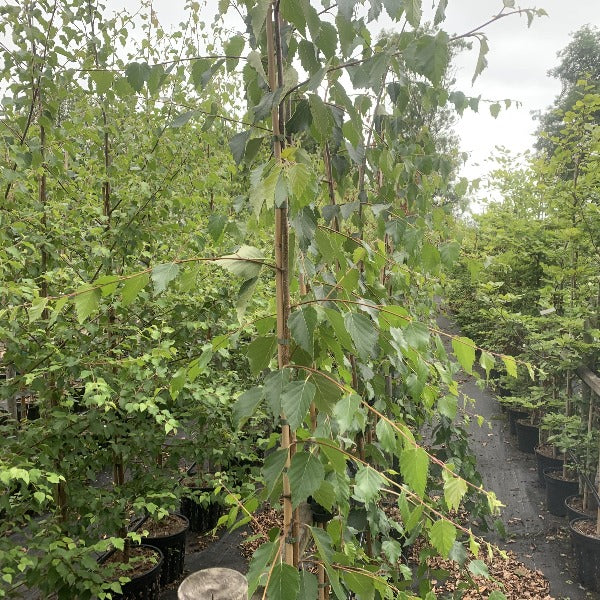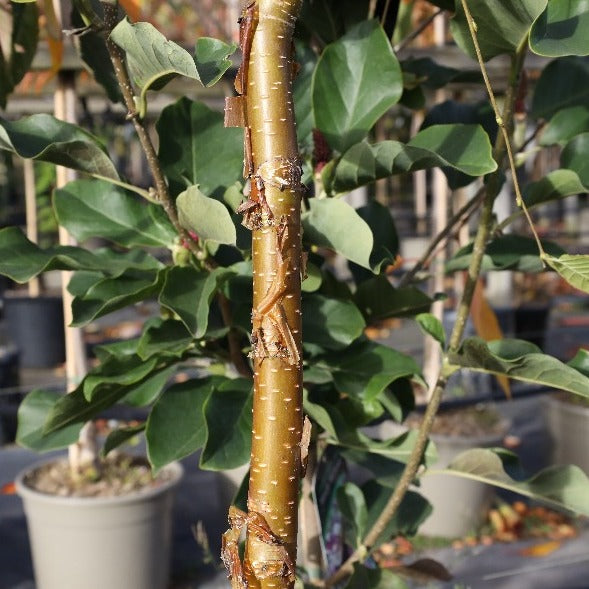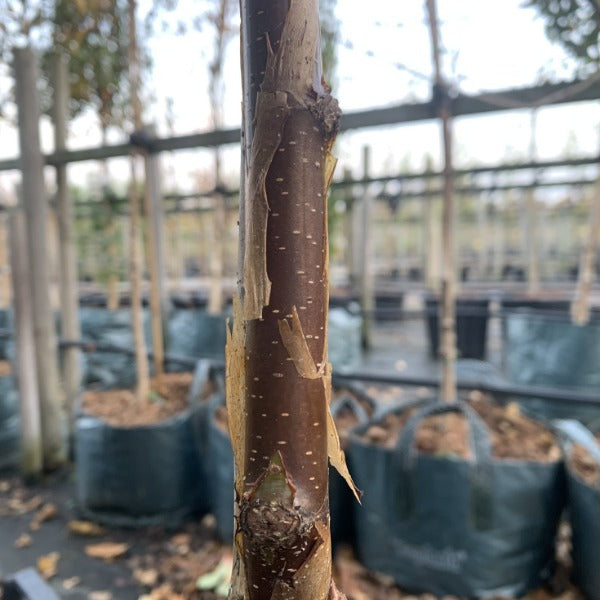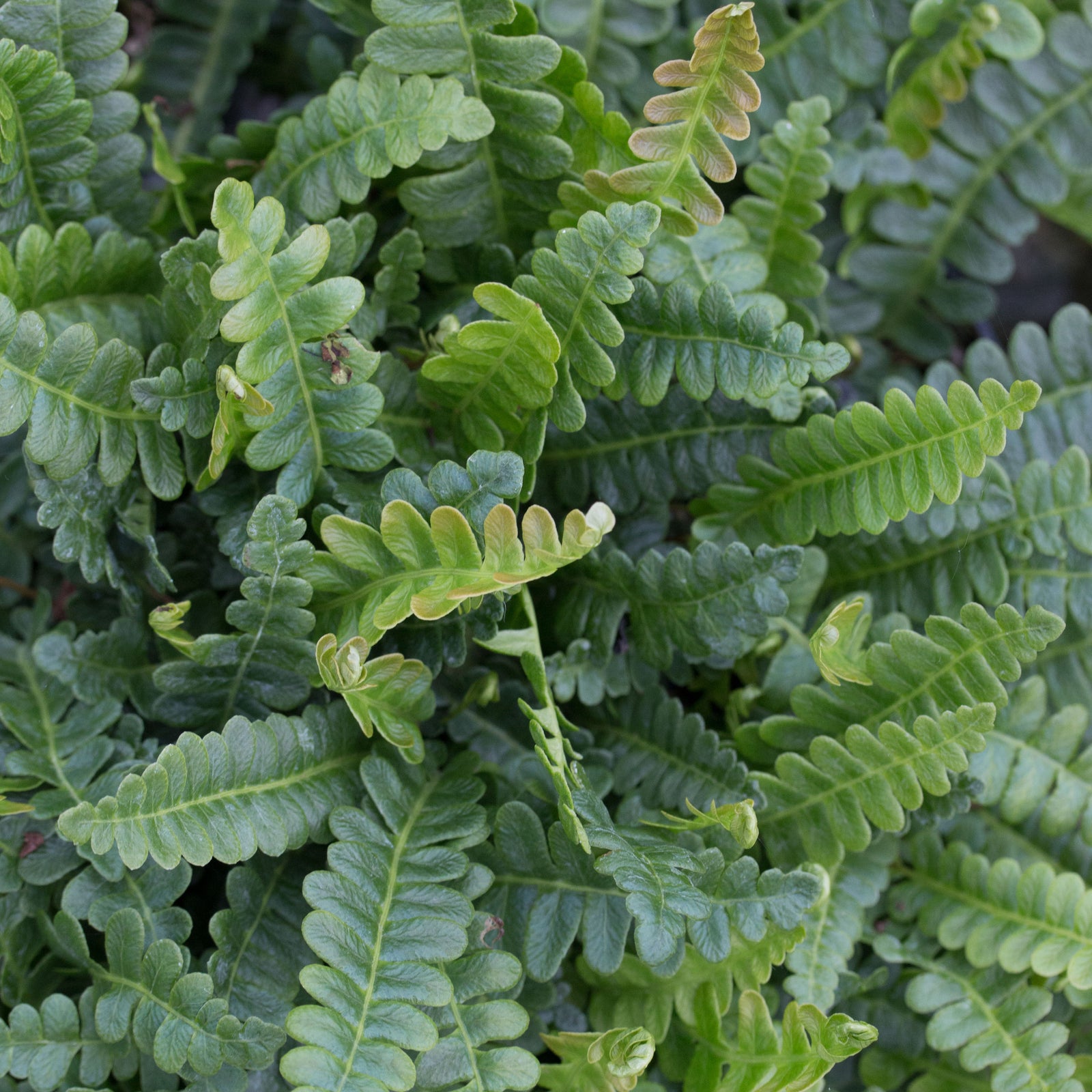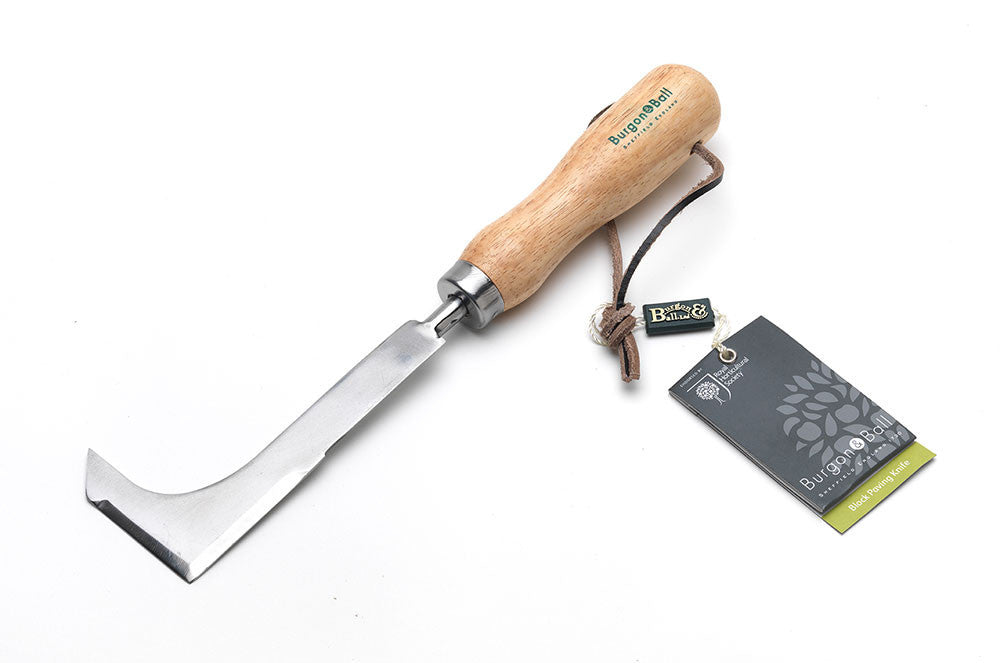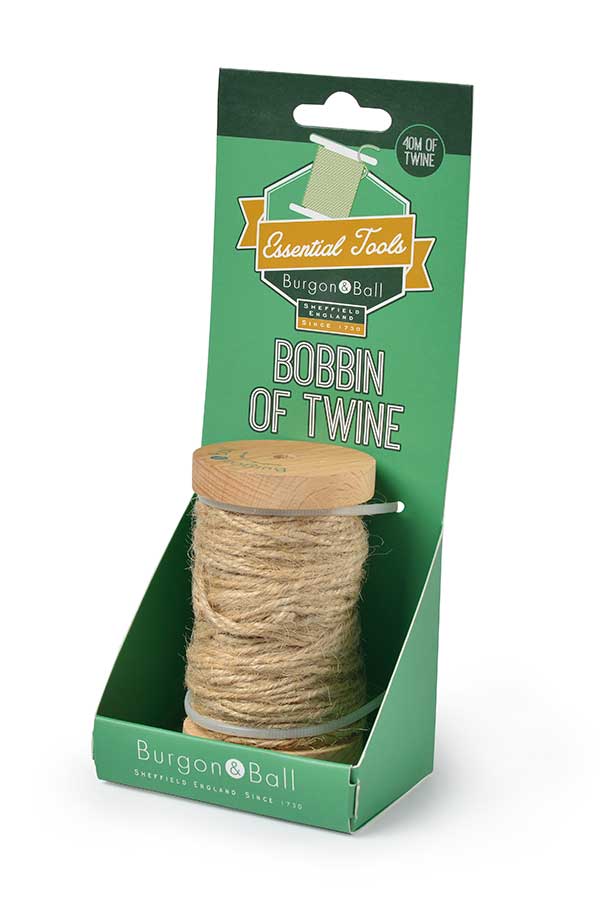Bergenia cordifolia 'Purpurea'
Bergenia cordifolia 'Purpurea' - A Vibrant and Hardy Perennial
Bergenia cordifolia 'Purpurea', commonly known as Elephant's Ears, is a vibrant and hardy perennial that brings year-round interest to the garden. This variety is known for its striking purplish-bronze winter foliage and bright pink to magenta flowers in spring. 'Purpurea' is perfect for ground cover, borders, and shade gardens, adding both colour and texture to various garden settings.
The defining feature of Bergenia cordifolia 'Purpurea' is its unique foliage. The large, leathery leaves turn a distinctive purplish-bronze during the winter months, providing seasonal interest and enhancing the garden's visual appeal. In spring, clusters of bell-shaped flowers in shades of bright pink to magenta rise above the foliage, creating a beautiful contrast and attracting pollinators. The lush, evergreen foliage forms dense clumps, making 'Purpurea' an excellent choice for ground cover.
Caring for Bergenia cordifolia 'Purpurea' is straightforward, making it suitable for gardeners of all experience levels. Plant 'Purpurea' in well-drained soil, as it can tolerate a range of soil types. This versatile plant thrives in full sun to partial shade, though some shade in hotter climates helps prevent leaf scorch. Water regularly to maintain moderately moist soil, especially during dry periods. To keep the plant looking its best, remove any dead or damaged leaves and spent flower stalks. In late autumn, a light mulch can protect the plant through winter. With its low maintenance needs, striking foliage, and vibrant flowers, Bergenia cordifolia 'Purpurea' is a fantastic addition to any garden, providing year-round beauty and effective ground cover.
Common Name: Elephant's EarsLatin Name: Bergenia cordifolia 'Purpurea'Soil: Well-drained soil, tolerates a range of soil typesPosition: Full sun to partial shadeFlowering Period/Colour: Spring; bright pink to magenta flowersHardiness: Hardy perennialEventual Height/Spread: 30-45 cm height; 45-60 cm spreadSpecial Feature: Purplish-bronze winter foliage; excellent for ground cover and shade gardens













